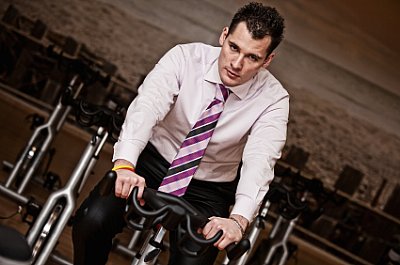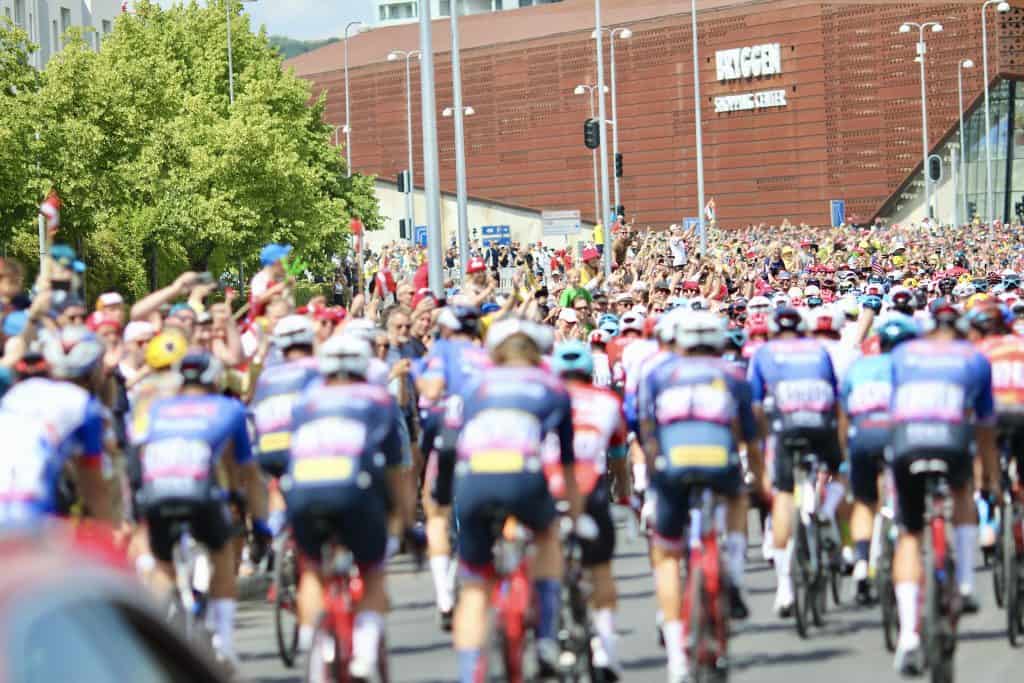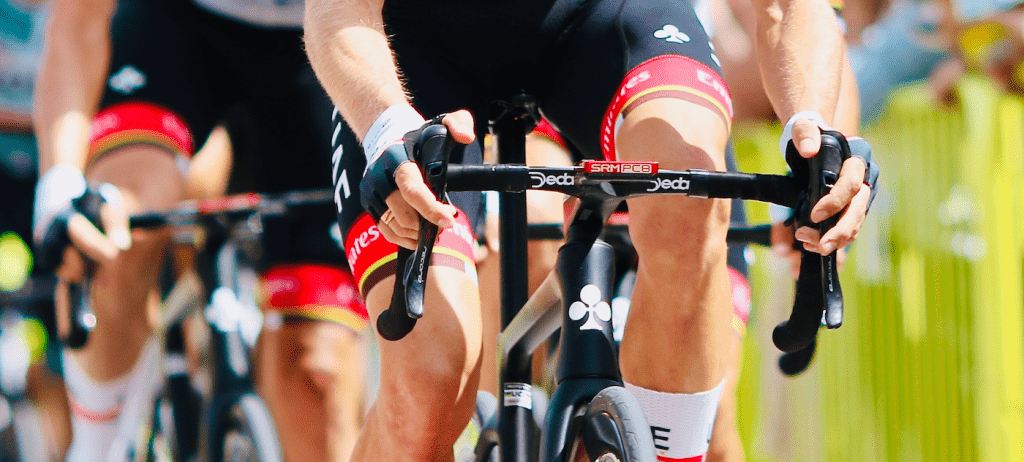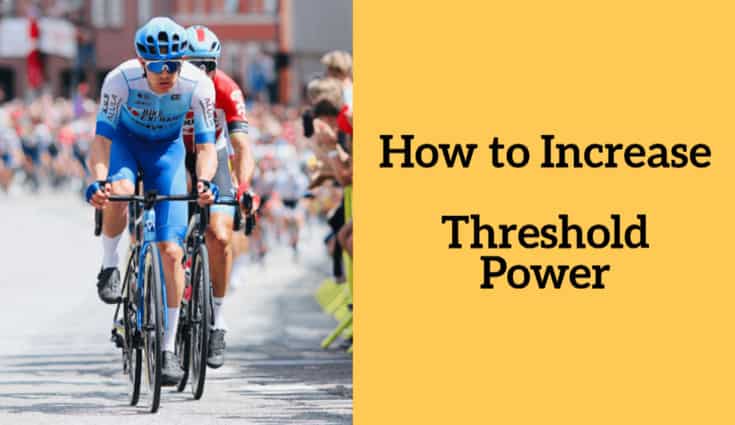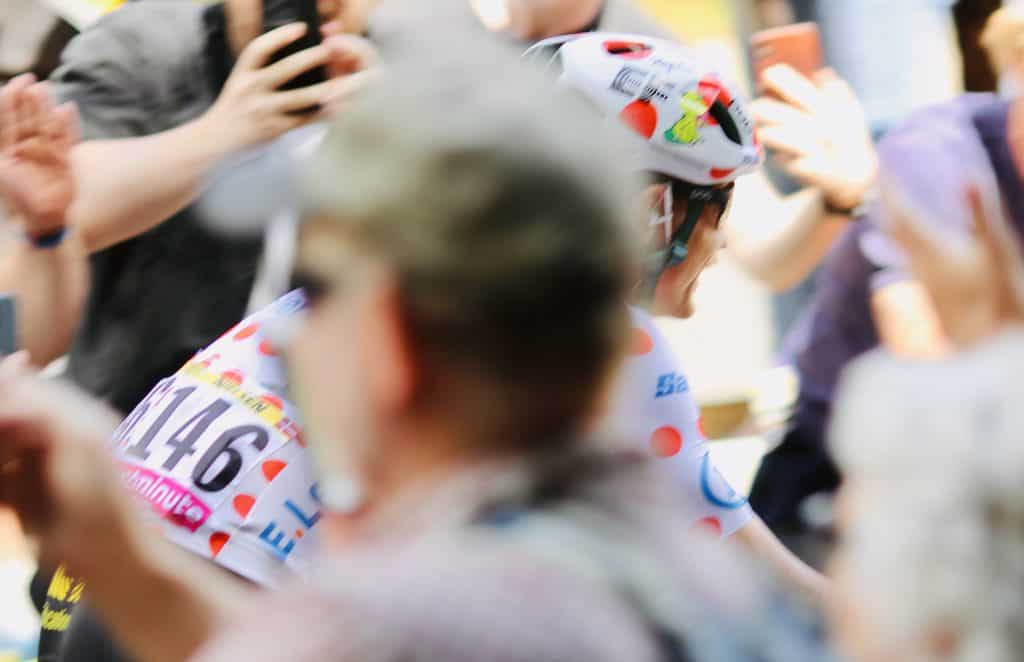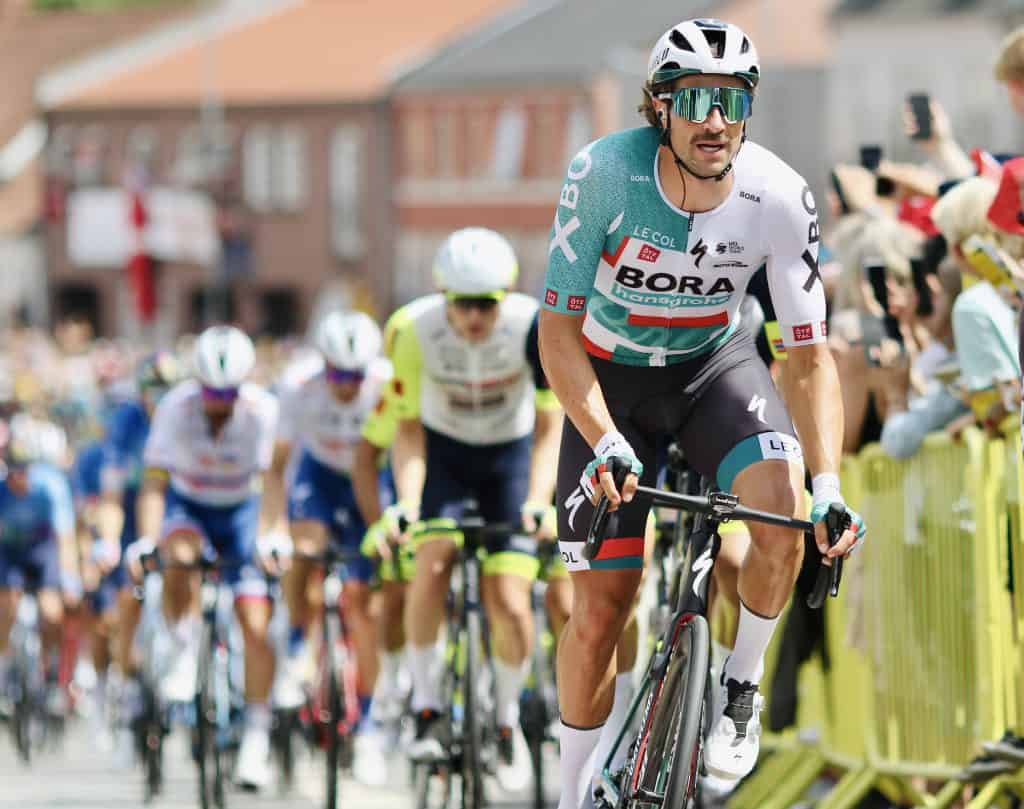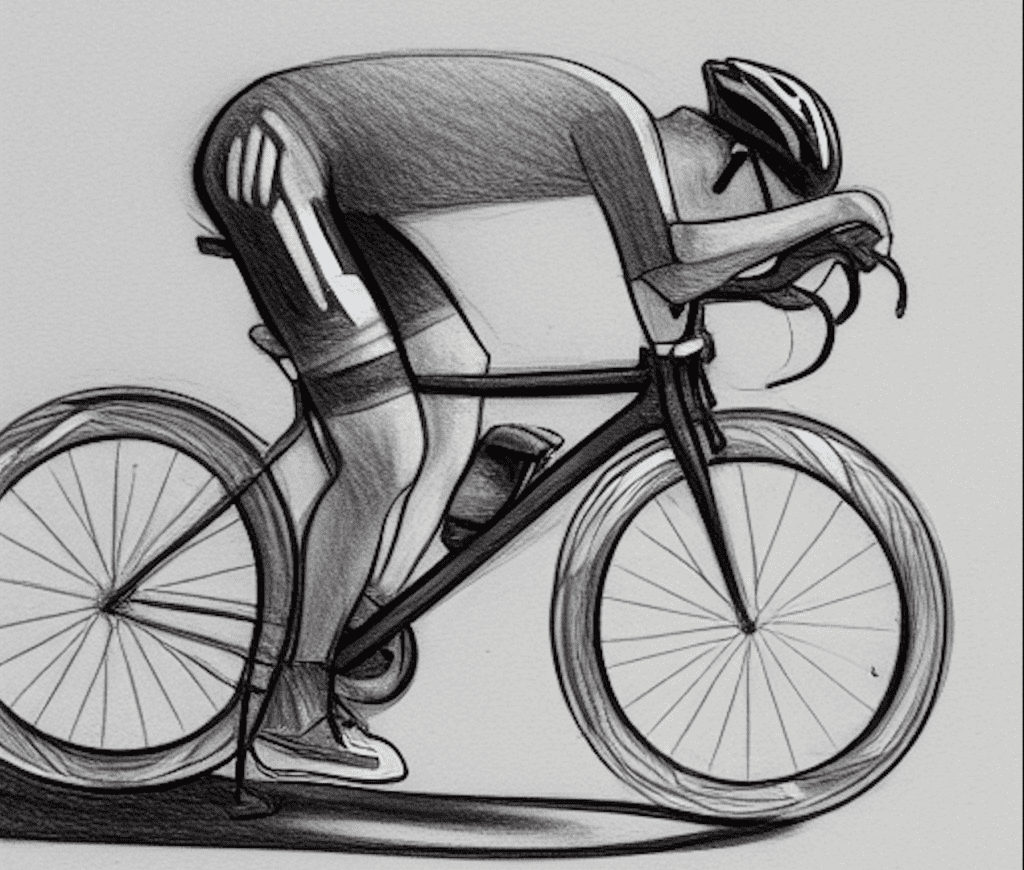Streamlining Training: A Practical Guide for the Busy 40+ Road Cyclist
As we venture through our 40s, balancing our passion for cycling with life’s ever-increasing demands can be challenging. In this post, I’ll discuss creating training plans that work for you, not against you, especially when motivation seems to be on vacation. The Reality of Motivation If you’re in your 40s and juggling the demands of […]
Streamlining Training: A Practical Guide for the Busy 40+ Road Cyclist Read More »

